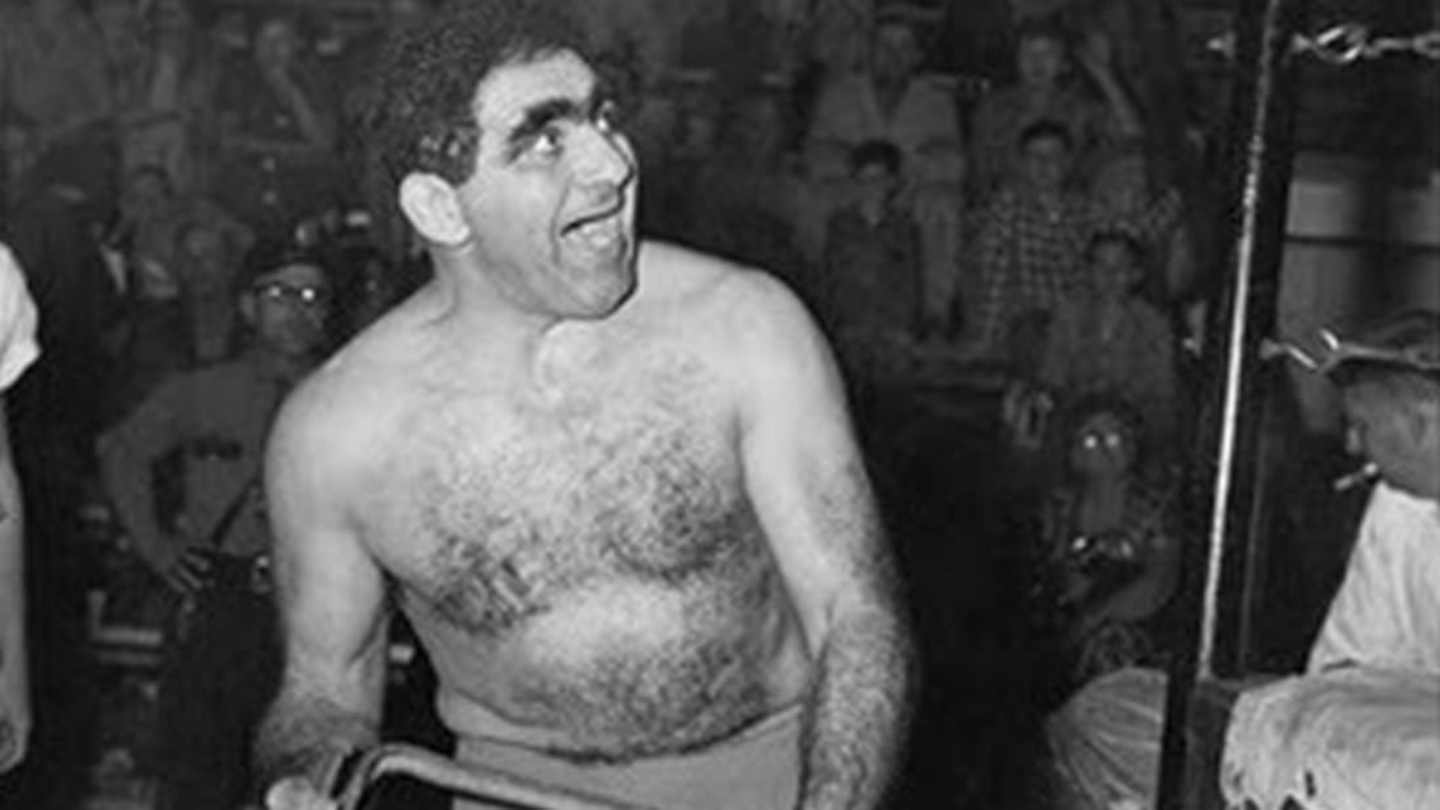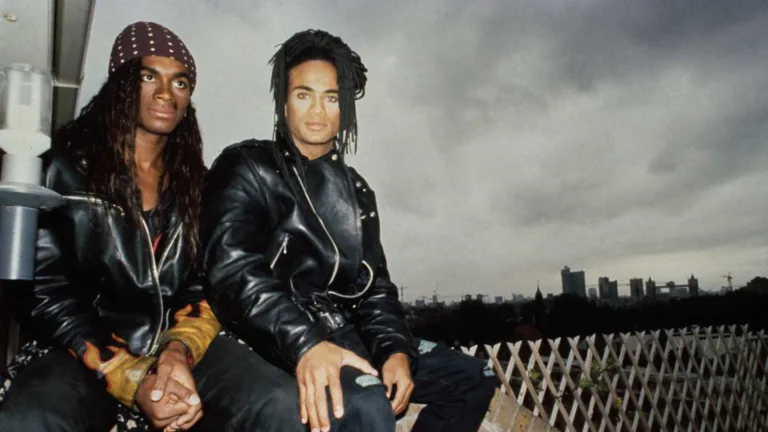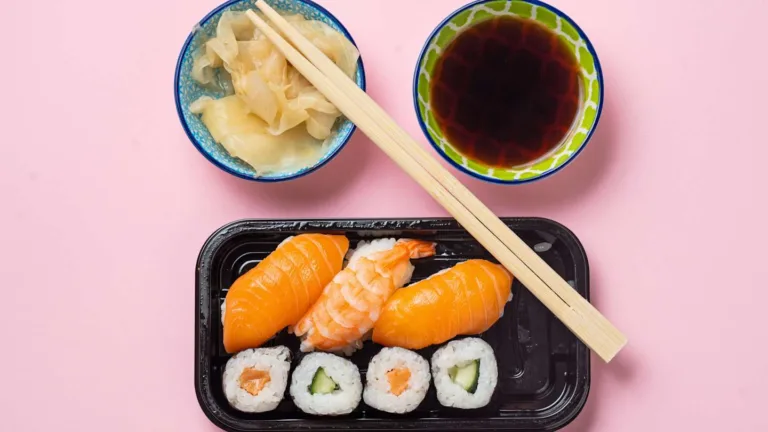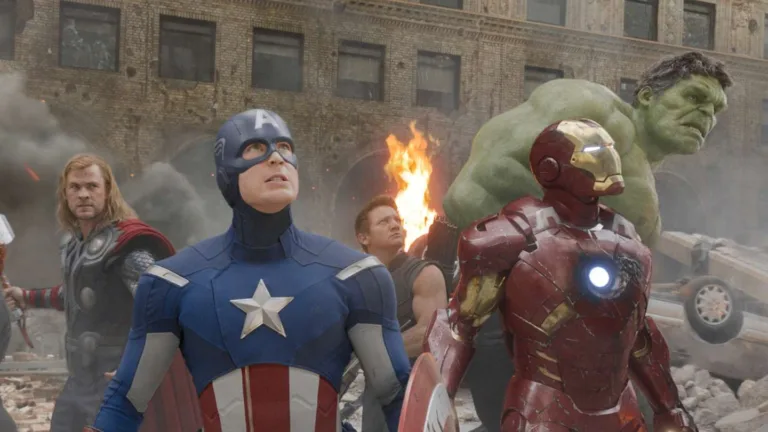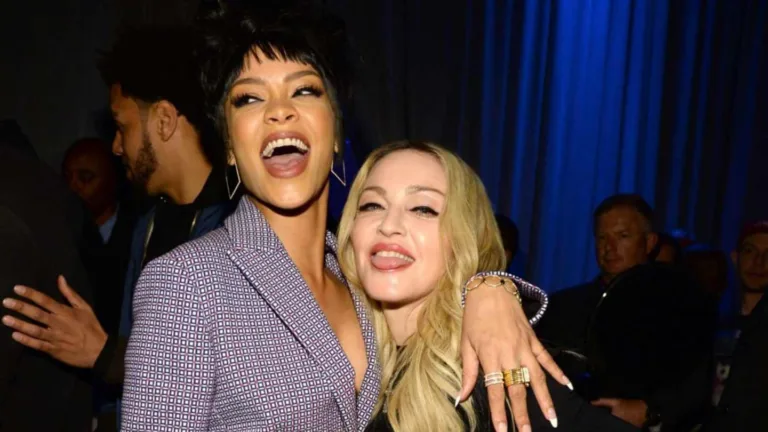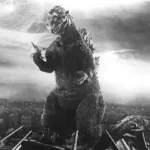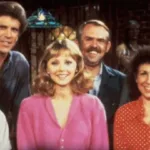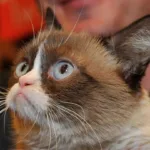Step back in time with us to a golden era of professional wrestling: the 1970s. This was a period when Big Time Wrestling, particularly in cities like Detroit, truly captured the hearts and imaginations of fans across the country. Big Time Wrestling, a legendary franchise based in The Motor City, became synonymous with larger-than-Life Characters, Epic Rivalries, and thrilling matches that left audiences on the edge of their seats.
This article delves into the world of Big Time Wrestling, highlighting eleven iconic wrestlers who defined the era. Each of these athletes brought a unique style and personality to the ring, creating memorable moments and leaving an enduring legacy on the sport. From powerful behemoths to cunning technicians, from flamboyant showmen to stoic warriors, these wrestlers embodied the spirit of Big Time Wrestling in its prime.
They weren’T Just Performers; they were legends who transcended the confines of the squared circle. Their stories are woven into the fabric of Detroit history, reminding us of a time when wrestling was more than just a sport – it was a cultural phenomenon that brought communities together and ignited imaginations.
Detroit’s Big Time Wrestling Scene
Detroit’s love affair with professional wrestling was legendary, and Big Time Wrestling became its epicenter. Every Friday night, the crowds would pack into the majestic Olympia Stadium, eager to witness the athleticism, drama, and spectacle unfolding before them. The energy in the arena was electric, a potent mix of anticipation, cheers, jeers, and the occasional gasps as wrestlers Pushed Their Limits.
This wasn’T Just About Brute Strength; it was a carefully crafted world of heroes and villains, where alliances shifted like desert sands and every match felt like a battle for supremacy. The larger-than-life personalities were woven into the fabric of Detroit’s Social Scene, transcending the ring and becoming part of the city’s folklore. The stories whispered in barbershops and schoolyards on Monday morning painted a vivid picture of Big Time Wrestling’s impact.
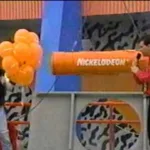 Nickelodeon Time Capsule: Whats Inside & Opening Date
Nickelodeon Time Capsule: Whats Inside & Opening DateIt wasn’T Just About Entertainment; it became a shared experience that United Communities, creating a sense of belonging and Shared Excitement. For many Detroiters, attending a Big Time Wrestling show was more than just an outing – it was a ritual, a chance to escape the everyday grind and immerse themselves in this thrilling world of athleticism and drama.
Iconic Wrestlers of the 1970s
Stepping into the ring during the 1970s Big Time Wrestling era meant facing down some of the most iconic figures in professional wrestling history. Each wrestler brought a unique style and persona to entertain and captivate audiences. There were fierce competitors like Bobo Brazil, known for his legendary feud with The Sheik, and Ernie Ladd, “The Big Cat,” whose size and football background made him a formidable opponent.
Then you had the brawlers like Dick The Bruiser, whose gravelly voice and barroom brawl tactics intimidated even the toughest wrestlers. Wild Bull Curry was a force to be reckoned with, his unpredictable nature keeping fans on the edge of their seats. Haystacks Calhoun, Despite His Size, moved with surprising agility, showcasing incredible strength that made him a fan favorite. And let’s not forget Tex Mckenzie, who often found himself clashing with heels like Pampero Firpo, Whose Catchphrase “Oooohhh yeaaahh!” became synonymous with his cunning and arrogance.
This era also saw the emergence of unique characters like Mighty Igor, a comedic wrestler who played the role of a friendly and confused Polish immigrant, and Sweet Daddy Siki, who emulated Gorgeous George’s Flamboyant Persona. And rounding out this unforgettable cast was Tiger Jeet Singh, an Indian-born wrestler who entered the ring with a turban and sword, bringing a touch of international flair To Big Time Wrestling.
Larger-Than-Life Personalities and Rivalries
Big Time Wrestling wasn’T Just About Athletic Prowess; it was a theatrical spectacle fueled by larger-than-life personalities and epic rivalries. These weren’T Just Wrestlers; they were characters who embodied the hopes, fears, and desires of their fans. Every match felt like a clash of titans, a battle between good and evil, with each wrestler representing a different facet of human nature.
The rivalries that unfolded in those Detroit rings became legendary, Captivating Audiences Week After Week. The feud between Bobo Brazil and The Sheik transcended the sport, becoming a symbol of cultural tension and racial prejudice. Dick The Bruiser’s brawls with anyone who dared to step into his ring were infamous for their intensity and brutality. And Tex Mckenzie’s clashes with Pampero Firpo became a battle of wits and wills that left fans cheering for both heroes and villains.
These rivalries weren’T Just Scripted; they were fueled by real animosity, Personal Vendettas, and the desire to outshine each other in front of the roaring crowds. The intensity of these feuds added another layer of excitement to Big Time Wrestling, turning it into a captivating social commentary on the human condition.
From The Sheik to Tiger Jeet Singh
The world of Big Time Wrestling in the 1970s was a melting pot of cultures and personalities, each wrestler bringing their own unique style and background to the ring. From the iconic grappler The Sheik, known for his ruthless tactics and Enigmatic Persona, to the formidable Haystacks Calhoun, whose size belied his surprisingly agile movements, every match felt like a clash of titans.
There was also the charismatic wildman Dick The Bruiser, with his signature gravelly voice and Brawling Style, who captivated audiences with his unpredictable nature. And let’s not forget the flamboyant Sweet Daddy Siki, who emulated Gorgeous George’s persona with his slicked-Back Hair, Colorful Robes, and showmanship. These diverse wrestlers reflected the changing landscape of America during that era, showcasing a blend of tradition and innovation in the world of professional wrestling.
But perhaps one of the most memorable additions to The Big Time Wrestling scene was Tiger Jeet Singh, an Indian-born wrestler who brought a touch of international flair to the ring with his turban, sword, and powerful wrestling style. Singh’s presence introduced a new dimension To Big Time Wrestling, showcasing the global appeal of this Beloved Sport.
Stepping into the Ring: A Legacy Lives On
The legacy of Big Time Wrestling in the 1970s lives on not just in the memories of those who experienced it firsthand, but also in the hearts of wrestling fans around the world. The larger-than-Life Characters, Epic Rivalries, and unforgettable matches continue to inspire awe and nostalgia. These wrestlers weren’T Just Athletes; they were storytellers, weaving tales of triumph and defeat that resonated with audiences on a Deeply Personal Level.
Their impact can be seen in Modern Wrestling, where many of the tropes and storylines popularized by Big Time Wrestling are still used today. The emphasis on character development, Dramatic Storytelling, and high-octane action continues to captivate fans, proving the enduring power of this unique form of entertainment. Even though the era of Big Time Wrestling in Detroit has passed, its legacy serves as a reminder that sometimes, the greatest stories are told not on paper, but in the ring, beneath the bright lights and roaring cheers of a captivated audience.
The spirit of those legendary matches continues to inspire new generations of wrestlers and fans alike, ensuring that big time wrestling will always hold a special place in the annals of entertainment history.

